Lecanopteris sinuosa is myrmecophyte or “ant-plant”. Ants reside in a hollow chamber within the rhizome, seen here in the cross section photographs. The relationship is often described as mutualistic because it benefits both the ants and the plant. The plant provides a secure nest site for the ants. The ants provide the plant with protection from herbivores. Their discarded refuse which accumulates in older parts of the rhizome also act as fertilizer for the plant. Lecanopteris sinuosa is a lowland species found throughout Malesia. I found this individual plant on an old palm frond which fell out of the canopy that day after an intnese rainstorm.
Lecanopteris sinuosa
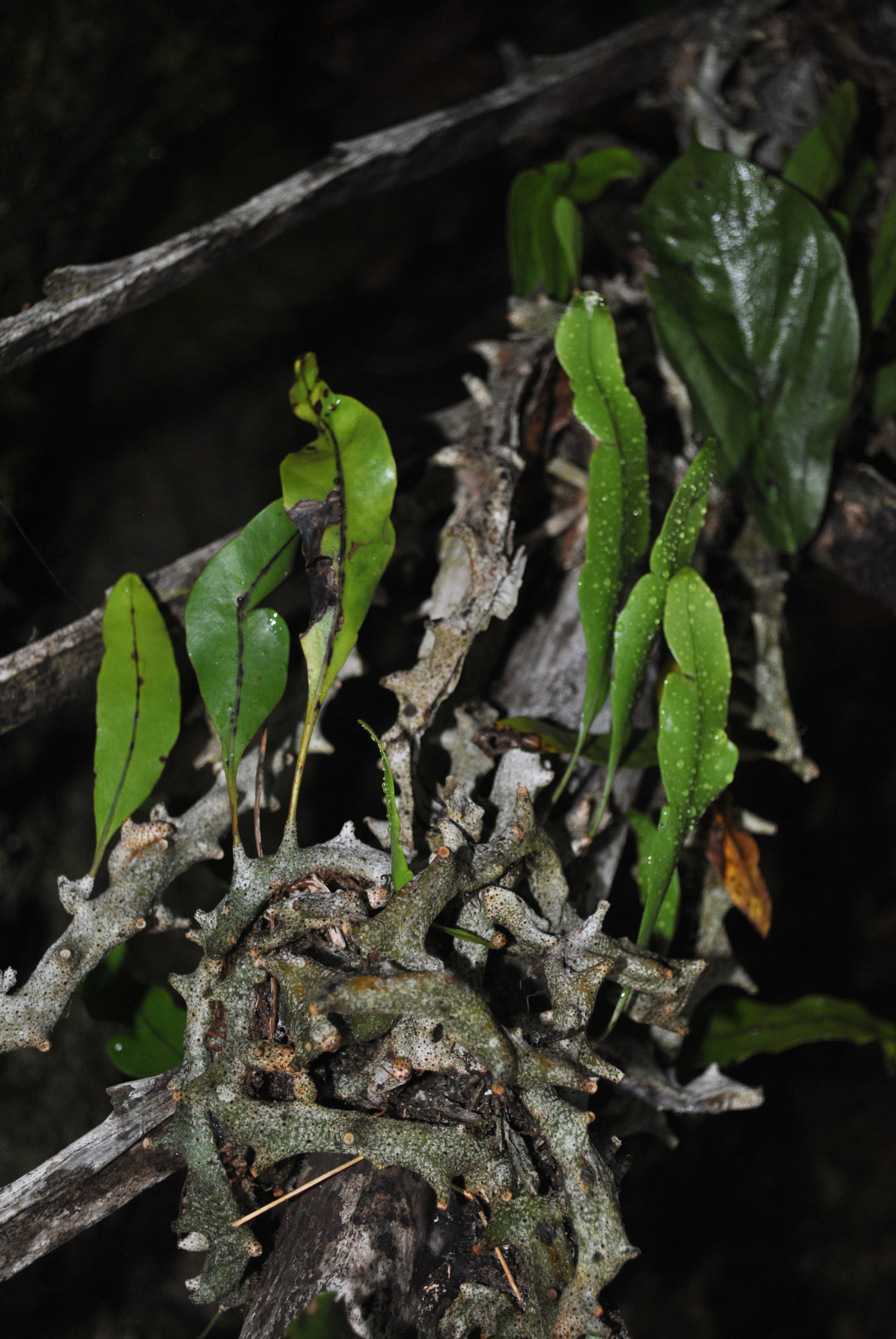
Collection data
Classification & Common Names
- Class: Polypodiopsida
- Family: Polypodiaceae
- Genus: Lecanopteris Reinwardt
- Species: Lecanopteris sinuosa (Wall. ex Hook.) Copel.
Collection Data
- Collection Date: 8-II-2013
- Collection Number: 1617
- Primary collector: S. A. James & M. Sundue
- Collected by: Shelley James, Michael Sundue, Allen Allison, Si He, Dubi Damas, Bulisa Iova, Oliver Tallowin
- Determined by: M. Sundue
- Habitat: Primary Forest
- Habit: Epiphyte
- Specimen locations: BISH, LAE, VT
Collection Location
- General location: Sibium Mtns.
- Country: Papua New Guinea
- State or Province: Northern Province
- Coordinates: ,
- Elevation: 800 m
About the Author
Michael Sundue
My field work is centered in Colombia, and Papua New Guinea. I am based at the Royal Botanic Garden Edinburgh (E). If you have any ferns that you want identified, please send them to me!

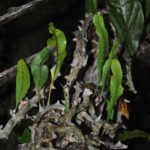
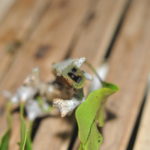
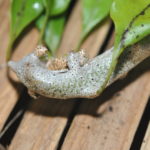
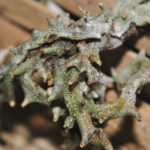
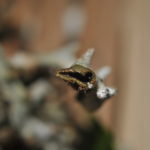
0 Comments